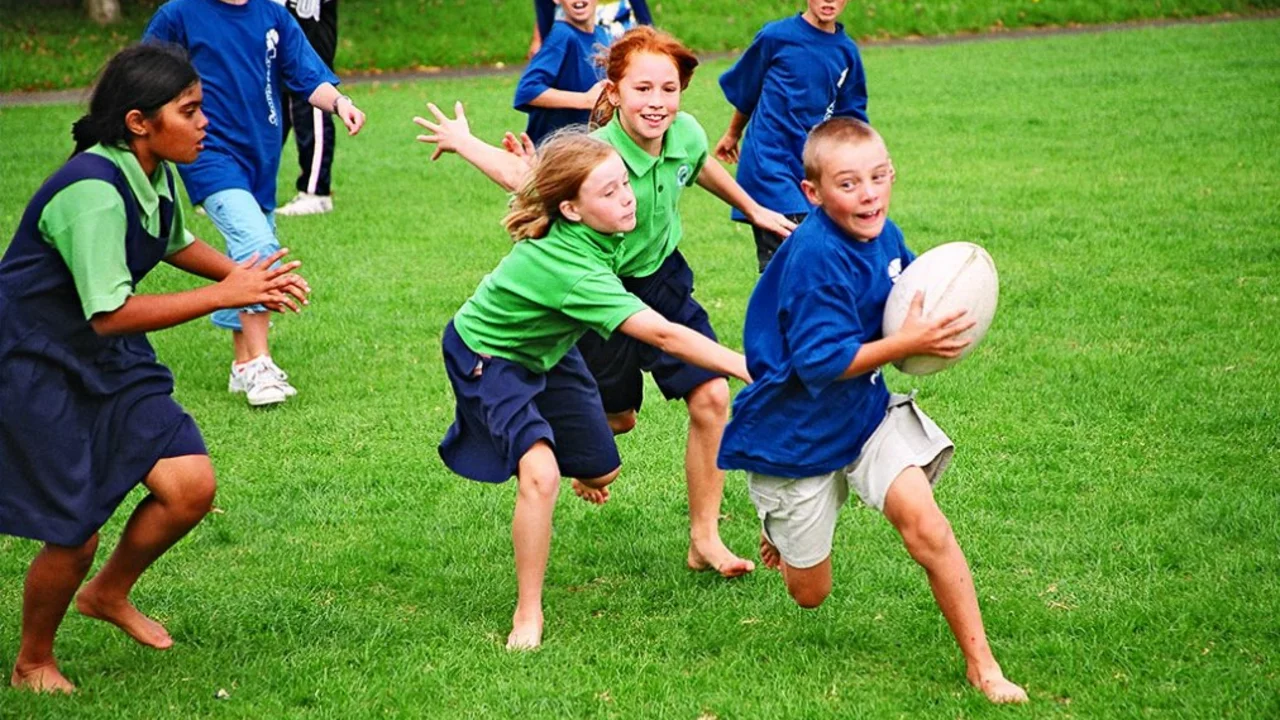Soccer Positions – Which Role Fits You Best?
Ever wondered why some players always seem comfortable on the field while others struggle? The secret is often simple: they’re playing in the position that matches their strengths. In soccer, each spot has its own set of tasks, physical demands, and skill priorities. Figuring out where you belong can boost your confidence, improve your performance, and make the game more fun.
First, think about what you enjoy most. Do you love stopping shots and organizing the back line? Maybe you thrive on sprinting up and down the wings, delivering crosses, or taking on defenders one‑on‑one. Your natural preferences give a big clue about the role you should aim for.
Understanding the Core Positions
Goalkeeper: The last line of defense. Reflexes, handling, and the ability to read the game are key. Goalies also need good communication because they see the whole field.
Defenders (Center‑Backs & Full‑Backs): Center‑backs focus on marking strikers, winning aerial duels, and playing out from the back. Full‑backs combine defensive duties with overlapping runs to support attacks. Speed and tackling are essential for both.
Midfielders (Defensive, Central, Attacking): Defensive mids break up opposition play and protect the defense. Central mids link up the back and front, needing vision and passing accuracy. Attacking mids create chances, often dribbling past opponents and shooting from distance.
Forwards (Wingers & Strikers): Wingers use pace and crossing ability to stretch the defense, while strikers focus on finishing, positioning, and holding up the ball. Decision‑making in the box separates good finishers from great ones.
Each position also has physical expectations. Goalkeepers and central defenders usually benefit from height, while wingers and full‑backs profit from speed and stamina. Midfielders often need a balance of endurance and strength.
Tips to Shine in Your Chosen Role
Once you’ve pinned down a position, work on the specific skills that matter most. For goalkeepers, practice catching, diving, and short distribution drills. Defenders should drill heading, one‑on‑one defending, and positioning.
Midfielders improve by doing passing circuits, ball‑control under pressure, and quick‑decision games. Attackers gain by sharpening shooting technique, timing runs, and learning how to exploit space.
Don’t ignore the mental side. All players need confidence, communication, and the ability to read the game. Watch professional matches in your position, notice where they move when the ball is out of play, and try to mimic those habits in training.
Fitness matters for every role. Even a center‑back who looks strong will struggle if they tire in the last 15 minutes. Include aerobic work, sprint intervals, and strength sessions tailored to your position’s demands.
Finally, ask for feedback. Coaches, teammates, and even video analysis can highlight blind spots. A quick check after a game can point out whether you’re holding your line, making the right passes, or leaving dangerous gaps.
Choosing the right soccer position isn’t a one‑time decision. As you grow, your strengths may shift, and you might find a new role suits you better. Stay flexible, keep practicing the core skills, and enjoy the game from the spot that feels most natural.

Which soccer position is mentally challenging?
In the complex world of soccer, every position comes with its unique mental challenges. However, many argue that the goalkeeper position is the most mentally demanding. It requires intense focus, split-second decision-making, and the ability to handle immense pressure. The goalkeeper is the last line of defense, and a single mistake could cost the team the game. Therefore, this role demands not just physical prowess but also a strong and resilient mindset.
View More